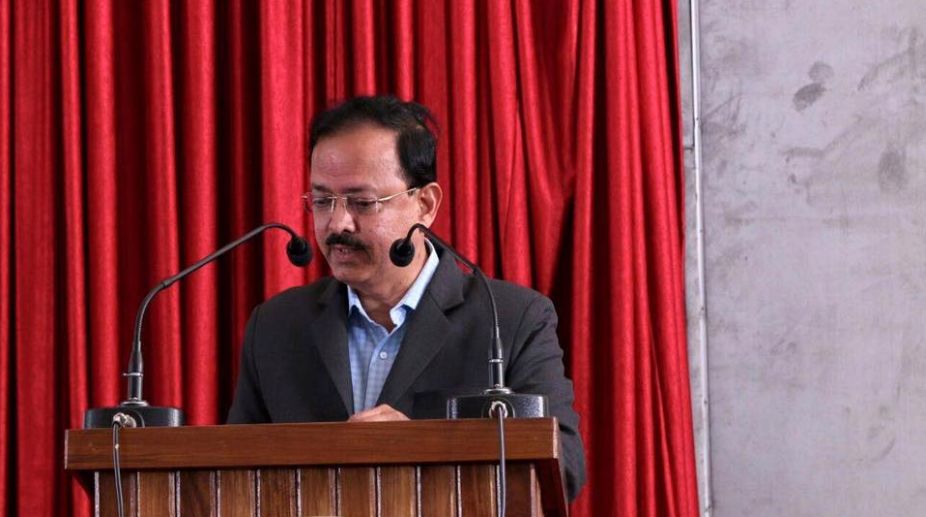Union Minister of State for Defence Subhash Ramrao Bhamre on Monday said demonetisation of Rs 1000 and 500 notes will cure the country of the disease of poverty.
“This (demonetisation) is like a medicine. The long term effect is very good that cures the disease of poverty… but then sometimes all medicines is not sweet, some medicines taste bitter,” he said on the sidelines of the Mudra Promotion Campaign here in Meghalaya
Advertisement
Moreover, Bhamre said eventually the advantage of demonetisation is that people are very happy at large.
Bhamre was responding to a query from a journalist highlighting the plight of the people in the rural areas of Meghalaya post-demonetisation.
“As the country moves forward to a cashless environment after demonetisation, everyone should unite and pledge to make India digitally enabled society,” he said.
Earlier, addressing the Mudra Promotion Campaign, the union minister said that the Pradhan Mantri Mudra Yojana and Stand Up India, the two major schemes launched by Prime Minister Narendra Modi, will bring about a massive transformation in the lives of millions of youth.
Highlighting the achievement of the Pradhan Mantri Mudra Yojana, Bhamre said more than 9 crore loans have been sanctioned for creating self employment amounting to around Rs 4 lakh crore.
“Out of the total sanctioned amount, Rs 6.89 crore in loans has been sanctioned for women entrepreneurs which comes to 76 per cent. And the loans to SCs and STs constitute almost 55 per cent. Many of these enterprenuers have also been able to create job opportunities for others.”
Describing ‘Stand Up India’ as another significant scheme, the minister said this scheme aims to encourage entrepreneurship by providing bank loans between Rs 10 lakh and Rs 1 crore and it is mandatory for each bank branch to have at least one Scheduled Caste (SC) or Scheduled Tribe (ST) borrower and one woman borrower.
The minister said that the guiding principle of governance of the Prime Minister’s ‘Sabka Saath Sabka Vikas’ is visible when one looks at the details of the loans that have been sanctioned under the scheme. He said that a total of 40,769 customers have availed a total loan of Rs 8,757 crore under the scheme out of which a total of 5827 entrepreneurs of SC category have received loans amounting to Rs 1091 crore.
Moreover, 1,747 entrepreneurs of ST catergories have got sanctioned loans worth Rs 346 crore; while 33,142 women entrepreneurs were given loans worth Rs 37,319 crore, he added.
Highlighting the social security schemes of financial inclusion, the minister said it has three components — Pradhan Mantri Jeevan Jyoti Bima Yojana, Pradhan Mantri Suraksha Bima Yojana and Atal Pension Yojana. Under the Suraksha Bima Yojana, 11 crore people have been enrolled while under Jeevan Jyoti Bima Yojana more than 3.5 crore have been enrolled and under Atal Pension Yojana 67 lakh people got benefitted, he added.
Meghalaya Taxation Minister Zenith M. Sangma, who also addressed the gathering, said that due to lack of awareness about the financial support system, unavailability of banking facilities and financial assistance in the rural areas, people are often forced to borrow from other sources for financial support which limits their higher borrowing capacity and hence the gap in financial inclusion.
He said the scheme will not only ensure greater connectivity, but will also bridge the financial inclusion gaps and provide a better social security cover for the people.











